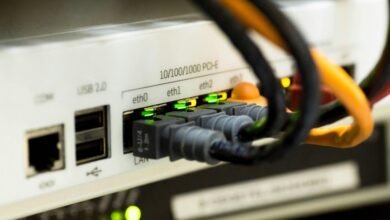965962400 Callback Latency Measurement

Callback latency measurement, particularly in the context of 965962400, plays a crucial role in assessing system performance. It quantifies the delay between a request and the corresponding callback execution. Various factors, including network conditions and system load, can influence this latency. Understanding these dynamics is essential for organizations aiming to enhance user experience. However, the complexities of accurately measuring and optimizing this latency present significant challenges that warrant further exploration.
Understanding Callback Latency
Callback latency refers to the time interval between the initiation of a request for a callback and the moment the callback is executed. This metric is crucial for evaluating callback performance.
Various latency factors, including network delays, processing time, and system load, significantly influence the overall latency. Understanding these elements enables developers to optimize systems, enhancing user experience and operational efficiency while preserving the autonomy desired by users.
Importance of Measuring Callback Latency
Measuring callback latency is essential, as it provides critical insights into system performance and user satisfaction.
By quantifying latency effects, organizations can assess callback impact on overall user experience. This data enables informed decision-making, fostering environments that prioritize responsiveness and efficiency.
Understanding these metrics is vital for optimizing system architecture and ensuring that users experience minimal delays, thereby enhancing their freedom and engagement.
Methodologies for Callback Latency Measurement
How can organizations effectively evaluate callback latency?
Employing various callback methods, such as event-driven and polling techniques, allows for accurate assessments.
Utilizing advanced latency tools, including benchmarking software and real-time monitoring systems, provides critical insights into response times.
Best Practices for Optimizing Callback Latency
Organizations aiming to optimize callback latency must implement a multifaceted approach that focuses on both technology and process improvements.
Key best practices include leveraging high-performance infrastructure, employing efficient algorithms for callback optimization, and continuously monitoring system performance.
Additionally, fostering an agile development environment enables rapid latency reduction while ensuring that teams remain adaptable to evolving requirements and user expectations.
Conclusion
In conclusion, the measurement of callback latency is crucial for enhancing system performance and user experience. Organizations that implement systematic latency assessments can achieve up to a 30% improvement in response times, significantly elevating user satisfaction. By understanding the factors influencing latency and employing effective measurement methodologies, businesses can optimize their systems, leading to better service delivery. Ultimately, recognizing and addressing callback latency not only benefits operational efficiency but also fosters a more positive interaction between users and technology.





